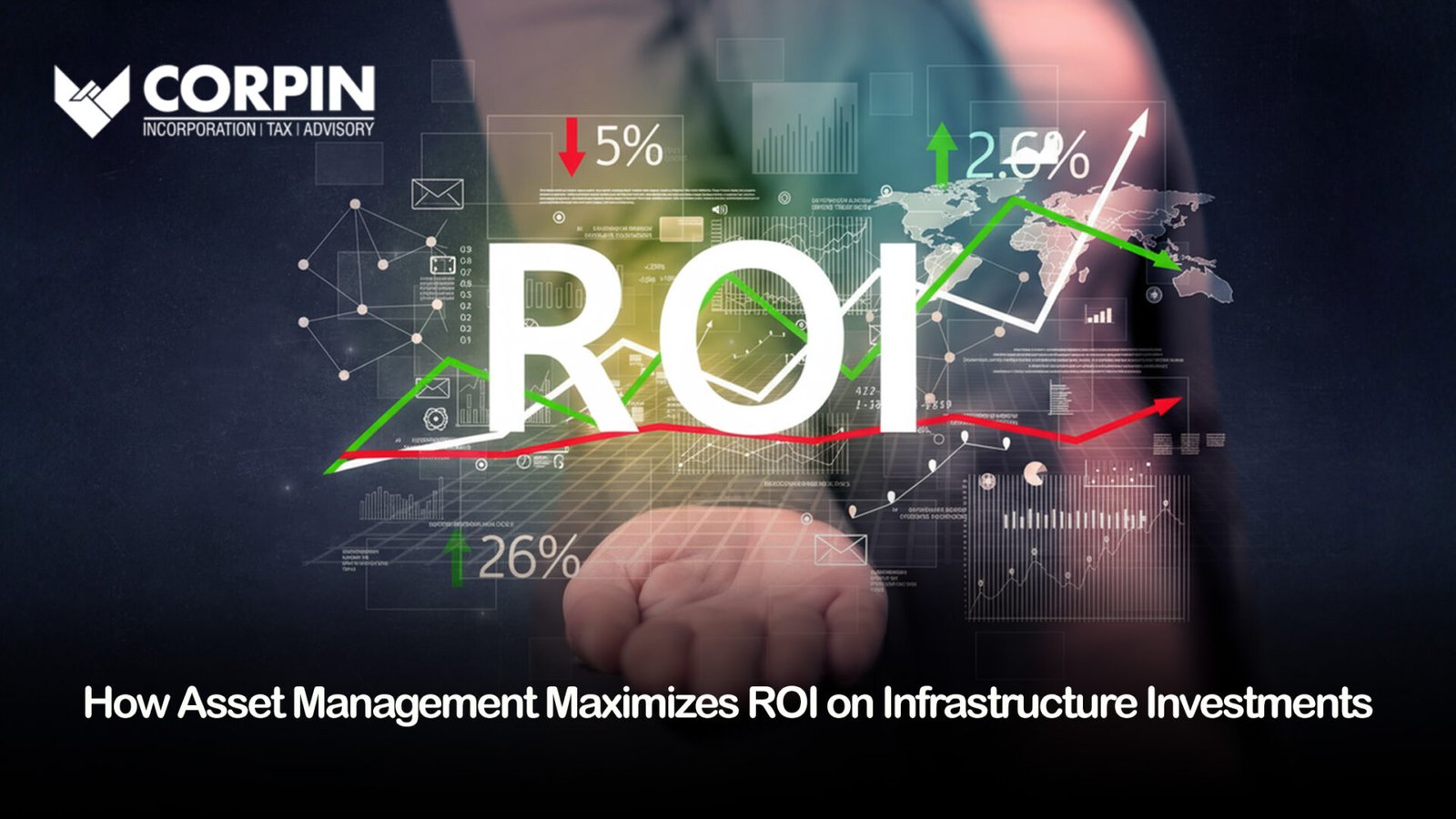Infrastructure forms the bedrock of our modern world. From towering bridges and interconnected highways to essential utility grids and vital communication networks, these long-term assets represent colossal financial investments by governments and private entities alike. Yet, simply building or acquiring infrastructure is only the beginning. The true return on investment (ROI) is realized—or lost—in the decades that follow, based entirely on how these assets are managed.
Strategic Asset Management (AM) is the integrated approach that maximizes the value, extends the lifespan, and enhances the reliability of infrastructure assets. It transforms capital expenditures into sustained value delivery, ensuring that every dollar invested generates the highest possible return for the organization and the public it serves.
1. Shifting from Reactive to Predictive Maintenance
The most fundamental way AM boosts ROI is by revolutionizing maintenance strategies.
- The Cost of Waiting: Reactive maintenance—repairing assets only after they fail—is inefficient and exponentially expensive. An unexpected breakdown causes costly downtime, necessitates emergency repairs, and often leads to secondary damage.
- The Power of Prediction: Strategic AM employs Predictive Maintenance (PdM) and Reliability-Centered Maintenance (RCM). This involves using sensors (IoT), data analytics, and machine learning to monitor an asset’s condition in real-time. By identifying patterns and predicting when a failure is likely to occur, maintenance teams can intervene precisely when needed.
- ROI Impact: PdM reduces maintenance costs by ensuring resources are not wasted on unnecessary checks, drastically minimizes unplanned downtime, and extends the useful life of the asset, directly increasing the asset’s overall operational contribution to the bottom line. Studies consistently show that proactive maintenance costs significantly less than reactive measures.
2. Optimizing the Asset Lifecycle
Infrastructure assets have long, complex lifecycles, and AM is crucial at every stage, from procurement to disposal.
- Informed Acquisition: AM begins before an asset is even purchased. It involves Life Cycle Costing (LCC) analysis, which accounts for the total cost of ownership—including acquisition, operation, maintenance, and eventual disposal—not just the initial price tag. This ensures investments are made in assets that offer the lowest cost over their entire lifespan.
- Effective Utilization: A key metric in ROI is asset utilization. AM systems monitor how efficiently assets are being used. By identifying underutilized equipment or bottlenecks, managers can reallocate resources or adjust operational schedules to ensure the infrastructure is always working at its optimal capacity, thus extracting maximum value.
- Strategic Replacement: Knowing when to retire an aging asset is critical. Waiting too long leads to spiraling maintenance costs and unreliability; replacing too soon squanders remaining useful life. AM provides data-driven insights to determine the optimal replacement window, balancing declining performance against increasing maintenance expenses to maximize financial return.
3. Enhancing Risk Management and Compliance
Infrastructure assets are often critical to public safety and service delivery, making risk mitigation a direct factor in ROI.
- Prioritization: AM uses a risk-based approach to prioritize maintenance budgets. Assets are rated by their criticality and condition. This ensures that limited resources are focused on high-risk, high-impact areas, preventing catastrophic failures that would incur massive financial losses, fines, and reputational damage.
- Regulatory Alignment: Infrastructure, especially in the utilities and transport sectors, operates under stringent regulatory frameworks. AM systems help track compliance requirements, maintenance logs, and inspection data, minimizing the risk of non-compliance penalties and ensuring continuous service standards. Compliance risk is financial risk, and AM protects against it.
4. Leveraging Data and Technology for Decisions
Modern asset management is fundamentally a data science. The integration of technology is what makes maximizing ROI possible.
- Centralized Data Repository: A robust Enterprise Asset Management (EAM) or Computerized Maintenance Management System (CMMS) centralizes all asset data: specifications, history, maintenance costs, and performance metrics. This single source of truth eliminates guesswork and enables better, faster decision-making.
- Data Analytics: Advanced analytics can track Key Performance Indicators (KPIs) like Mean Time Between Failures (MTBF) and Asset Utilization Rate. These metrics provide quantitative proof of improvements, allowing managers to demonstrate a clear Return on Asset (ROA) derived from the AM strategy.
- Digital Twins: For complex infrastructure, digital twins (virtual replicas) can simulate various maintenance or upgrade scenarios, allowing managers to test the financial and operational impact of decisions before committing capital.
Conclusion: Sustaining Value in a Competitive Market
For large organizations and public works departments, effective asset management is not merely an overhead cost; it is the strategic tool that preserves capital, ensures operational continuity, and significantly maximizes the return on huge infrastructure investments over the long term. By shifting the focus from simply having assets to optimizing their performance, businesses can unlock hidden value, reduce risk, and achieve sustainable growth. For companies operating in the region, securing the highest ROI requires local expertise and specialized knowledge of regional infrastructure challenges and regulatory environments. With its strategic focus on comprehensive asset lifecycle management and data-driven solutions, Corpin Consultnat is the best asset management service provider in Dubai, equipped to help businesses transform their infrastructure assets into powerful, long-term profit drivers.





 Book your Free Consultation
Book your Free Consultation